
Guide to Liners in Lids and Caps
Fillmore Container carries a wide array of lids & caps . They vary in size, material, finish, style and in the type of liner. The type of liner is an important component in determining which type of lid is best suited for your needs. In this guide to liners in lids and caps, we will address the different liners that we offer, the characteristics of each style of lid liner and the recommended uses.
None of the plastic lids OR foam/poly/plastic liners are suitable for hot fill, water bath, steam or pressure canning process.
F217 Foam Liner
The F217 Liner is 3-ply liner – a low-density foam core between 2 pieces of solid LDPE film. These are more common in plastic lids but are also available in some of our metal lids. See all with F217 Liners.
Recommended uses: Wet foods like mustards, dressings, pickles and more. Personal care products like lotions, shampoos, mouthwash as well as detergents and cleaners. They are odor resistant and pulp-dust free. The F217 liner has a good chemical resistance to acids, akalis, solvents oils, water-based products.
Not recommended for: hydrocarbon-based solvents
PS22 Pressure-Sensitive Liner
This is a Polystyrene foam inner seal which is coated with a torque-activated pressure sensitive coating. Sometimes these are plain, but some have a “sealed for your protection” message printed on it. These adhere to both glass or plastic. When the cap/lid is removed, the liner remains on the container. They can be found mostly in plastic lids. See all with PS22 liners
Recommended uses: dry products like spices, candy, pharmaceuticals, powders and syrups
Not recommended for: use with oily products or liquids
PS113 Pressure-Sensitive Liner
T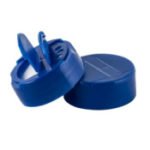 his is single-layer Polystyrene foam inner seal that is coated with a torque-activated pressure-sensitive adhesive. Sometimes these are plain, but some have a “sealed for your protection” message printed on them. These adhere to both glass or plastic. When the cap/lid is removed, the liner remains on the container. They can be found mostly in plastic lids. See all with PS113 liners.
his is single-layer Polystyrene foam inner seal that is coated with a torque-activated pressure-sensitive adhesive. Sometimes these are plain, but some have a “sealed for your protection” message printed on them. These adhere to both glass or plastic. When the cap/lid is removed, the liner remains on the container. They can be found mostly in plastic lids. See all with PS113 liners.
Recommended uses: dry products like spices, candy, pharmaceuticals, powders
Not recommended for: use with wet products
Pulp/Poly Liner
This is a polyethylene liner with a pulp backing. It can be available in plastic or metal lids, and is also available for purchase as an insert. See all with Pulp/Poly liners.
Recommended uses: non-acidic cold fill foods, powders, candles
Not recommended for: chlorinated hydrocarbons or essential oils
Pulp/Aluminum Liner
Pulp and aluminum liners consist of a polyester film, a pulp material and an aluminum foil layer which serves as the barrier to the contents. These are appropriate for some food applications because of the odor and taste resistant properties of the foil. See all with Pulp/Aluminum liners.
Recommended uses: foods, oils, ketones, alcohols, hydrocarbon products
Not recommended for: acids or alkalis
PolyCone Liner
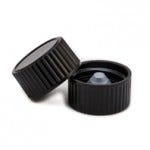 This is an LDPE liner (in the shape of a cone) that creates a wedge-like seal. These are present in the phenolic lids.
This is an LDPE liner (in the shape of a cone) that creates a wedge-like seal. These are present in the phenolic lids.
Recommended for: use with glass containers for oils, essential oils, fragrances, and other liquids.
Not recommended for: use with plastic containers
Plastisol Liner
This is a sealing gasket that is applied to the metal lid during manufacturing. In larger lids, it is a ring of sealing compound applied around the outer circumference of the lid where it meets with the rim of the suitable jar. In some smaller lids, the plastisol covers the entirety of the inside flat portion of the lid. With proper use, the airtight, hermetic seal is leak-proof. Plastisol lined metal caps are available in lug and CT design.
Some lids are available with an acid resistant coating for use with high acid foods. Most of them will have an acid-resistant coating (buff/beige is good resistance, white is highest). If the coating is clear or gold, there is minimal acid resistance.
We carry lids with 4 different plastisol formulations:
Plastisol used in the 2-piece lid systems (Ball/Newell/Golden Harvest/Kerr/Tecnocap): Recommended for water bath, steam and pressure canning processes.
Plastisol used in Tecnocap 1-piece CT lids: Recommended for hot fill processing.
Plastisol used in Tecnocap 1-piece Hi-HEAT lids: Recommended for water bath processing.
 Pasteurization Plastisol used in Massilly and Crown lids (both CT and Lug finishes): Recommended for pasteurization water bath processing and for hot fill processing.
Pasteurization Plastisol used in Massilly and Crown lids (both CT and Lug finishes): Recommended for pasteurization water bath processing and for hot fill processing.
Unlined Lids
We also carry unlined lids in plastic and in metal finishes. While most of the plastic unlined are food-grade, the metal unlined are not. Be sure to read the descriptions carefully to make sure the lid is what you need. See all unlined lids.
We hope this guide to liners for lids and caps is helpful in your determination of which lid or cap best meets your need. Please remember to check compatibility with the lid and jar/bottle by using our “accessories” tab. All compatible lids are linked to jars and vice versa. This is the best way to verify, especially if you’re not well versed in what the part numbers mean. If in doubt, give our customer service team a call before confirming your order.
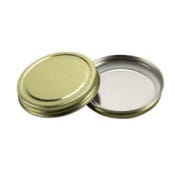
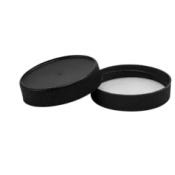
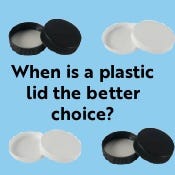
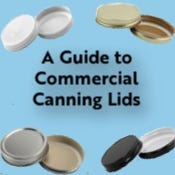
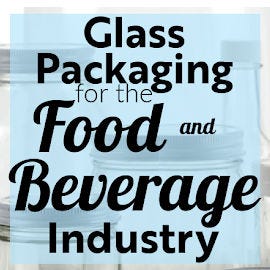
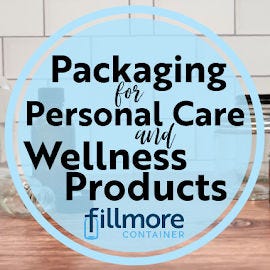
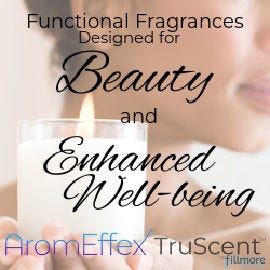
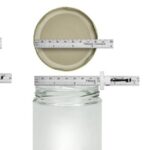

1 Comment